Walk Across Kentucky
The Walk Across Kentucky is a diverse and unique Kentucky native plant collection and living museum that captures the spirit of the Commonwealth’s landscape. It was first planted in 1991 after extensive plant collection efforts in the 1980s, which sought to secure the botanical diversity from across Kentucky and cultivate it in a common location for research and conservation efforts.
A two-mile paved pathway meanders through over 80 acres of wild-collected native plants that represent the seven physiographic regions of the state. There are over 2,500 trees and shrubs in the collection, and efforts are being made to further develop the ecosystems found across Kentucky, including tallgrass prairies, wetlands, savannahs and glades.
The Seven Physiographic Regions
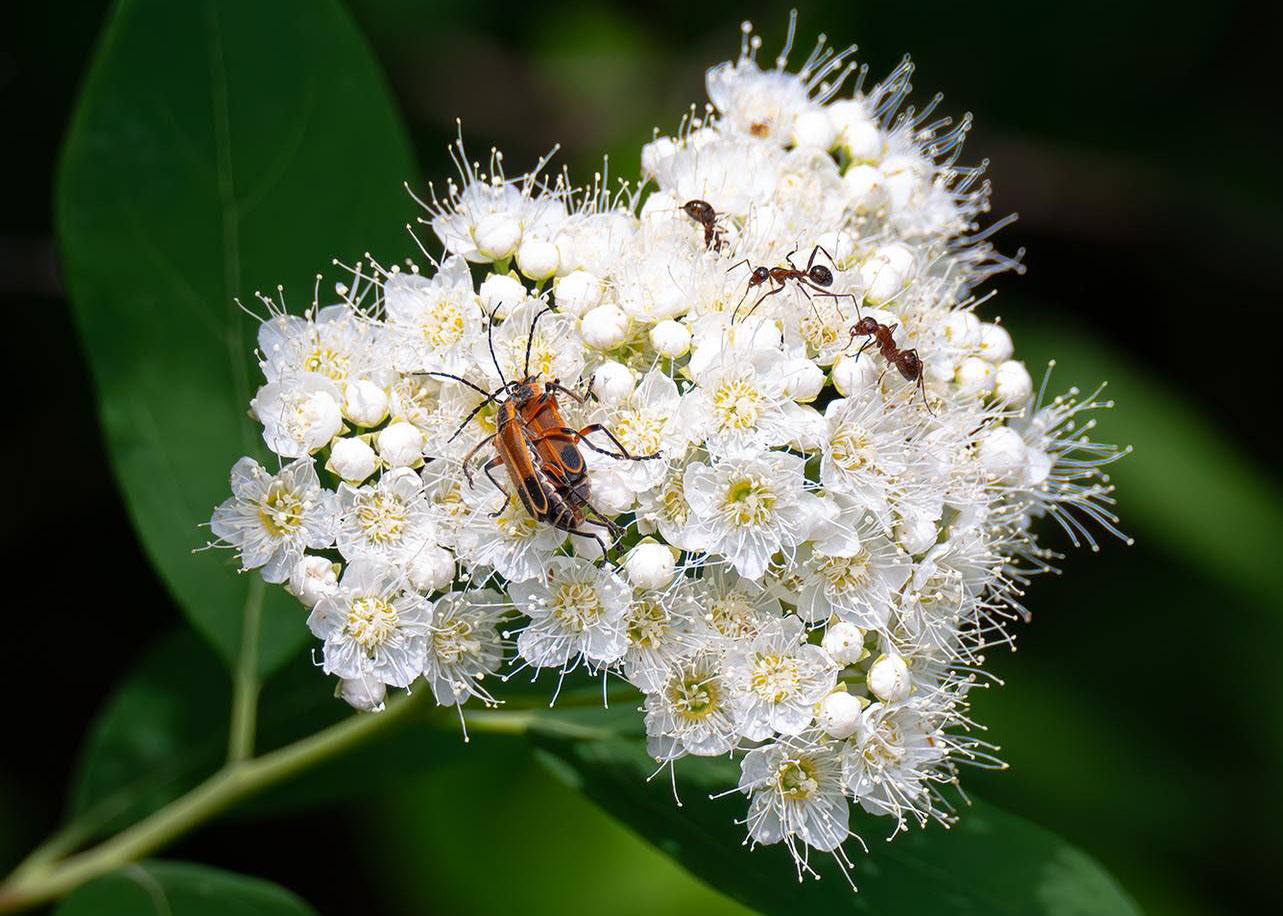
The Appalachian Plateau
The AP region is a distinctive collection of eastern Kentucky plant life, bordering the Cumberland Mountains and Eastern Knobs sections, where beech trees, American hollies and white pines transition between regions. Many hidden gems are scattered in the AP collection, including the single-flowered hawthorn, red chokeberry and large-flowered raspberry. Oak trees such as white oak, scarlet oak and northern red oak dominate the overstory, though maples, sycamore, ash and pine are also well-represented. This region has a number of interesting exhibits to explore, including the trail of pines, the Appalachian wet-woods, the azalea trail and Appalachian meadow.
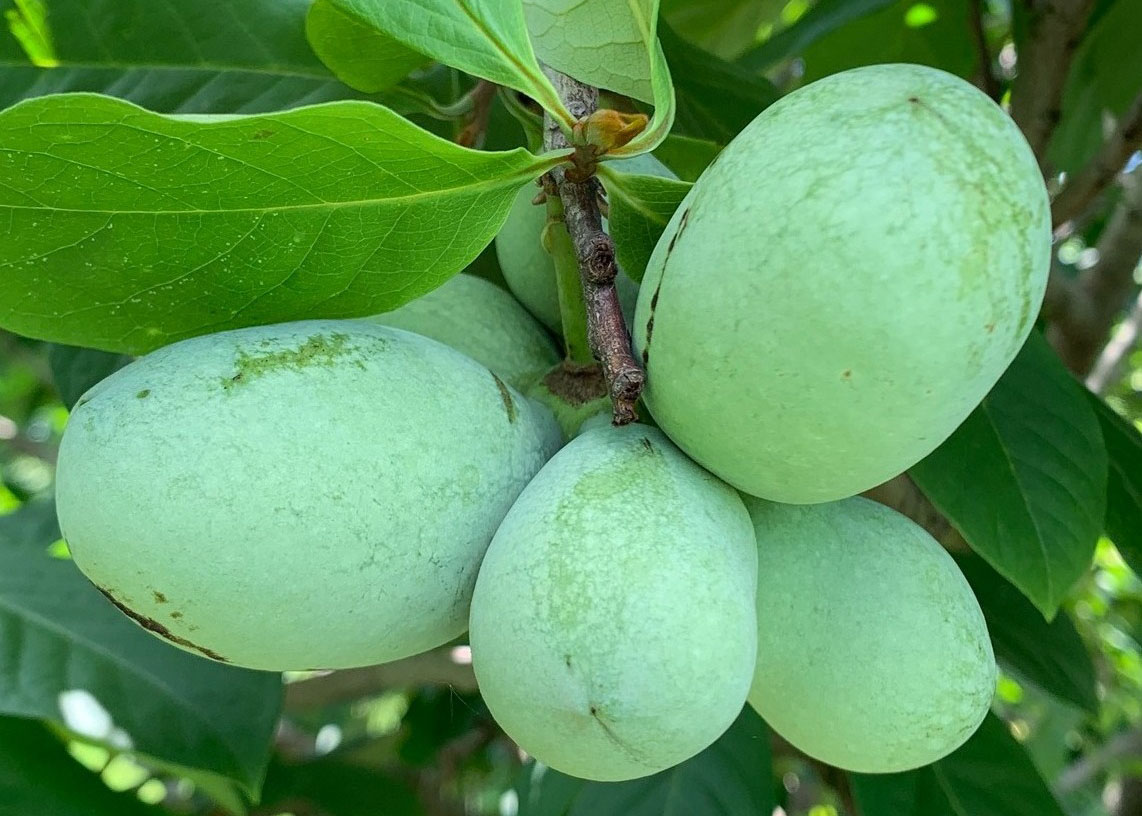
The Bluegrass
This is the largest WAKY region, partly because The Arboretum is located at the heart of the Bluegrass and has good conditions for the flora. The Bluegrass acts as a buffer to The Arboretum Woods. Large slabs of limestone can be found amongst both woodland and open areas, sometimes with rock-outcropping species like prickly pear cactus and false aloe. Bur oak, chinquapin oak, blue ash, white ash, sugar/black maple and the Ohio buckeye are widely represented. More unusual woody plants hidden here include prickly ash, wafer ash, yellowwood, chokecherry and eastern wahoo. The Arboretum’s largest cane-break, a stand of the giant native cane, is also found here. Other noteworthy exhibits include the oak/ash savannah, trace woodland and rainwater garden.

The Cumberland Mountains
This is the smallest region in Kentucky but is packed with botanical diversity with 95 trees per acre, more than double that of other regions. Here a path winds through heavily planted mounds and leads up a hill, where a typical beech-hemlock forest transitions to a mixed mesophytic forest of magnolia, hickory, birch and maple, and then into a summit forest of chestnut and oak. Native grasses and wildflowers were seed-sown on the mounds, representing what a successional forest might look like. As the trees grow, we will transition to a mixed understory of additional wildflowers, shrubs and other shade-tolerant species. Fraser magnolia, yellow birch and mountain maple are found here, as well as ground nesting birds, rabbits and a variety of insects.
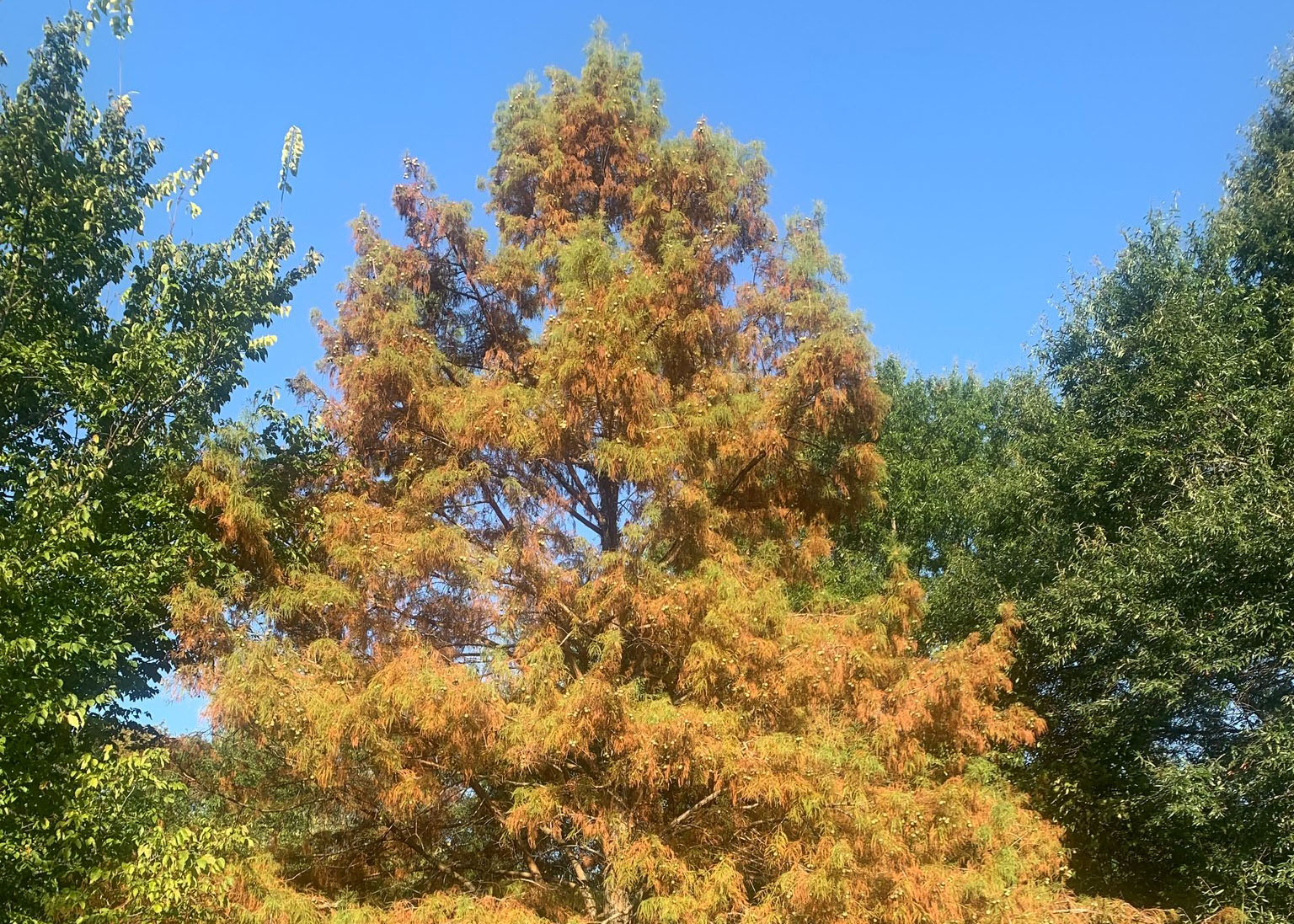
The Knobs
Here, the East Knobs are to the west, and the West Knobs to the east, so that the East Knobs border the Appalachian Plateau and the West Knobs border the Pennyrile, as they do naturally. The East Knobs transition between the Bluegrass and the Appalachian Plateau. Both regions' plants are found here, like Kentucky coffeetree, fringe tree, red oak, snowberry and gray dogwood. This region has The Arboretum's largest grove of tulip trees, and a wet area houses winterberry holly, giant cane and willows. The West Knobs transition between the Bluegrass and the Pennyrile, though at The Arboretum they only border the latter. Here, some prairie remnants exist in gaps in the overcup oaks and chestnut oaks that dominate the overstory. A wet section contains hop-hornbeam, willow, river birch and bald cypress.
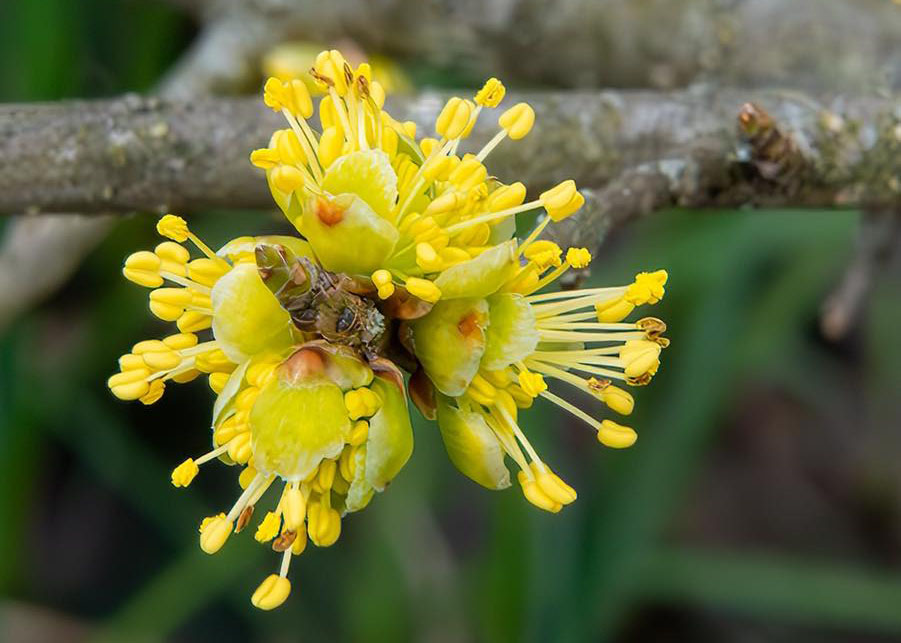
The Mississippi Embayment
The Mississippi Embayment (aka Jackson Purchase) in the southernmost section is one of the smaller regions on the Walk Across Kentucky but is equally as floristically rich. Here, you find some species that do not occur anywhere else in the state, such as parsley hawthorn, water tupelo, Nuttall oak, water locust, water elm and water hickory. As these names imply, water and wet soils are an absolute must, and in 2006 we received a grant to build a constructed wetland here. The Mississippi Embayment wetland exhibit includes the long boardwalk, island and ephemeral pool. This exhibit has become a visitor favorite and an important habitat for ducks, hawks, turtles and more.
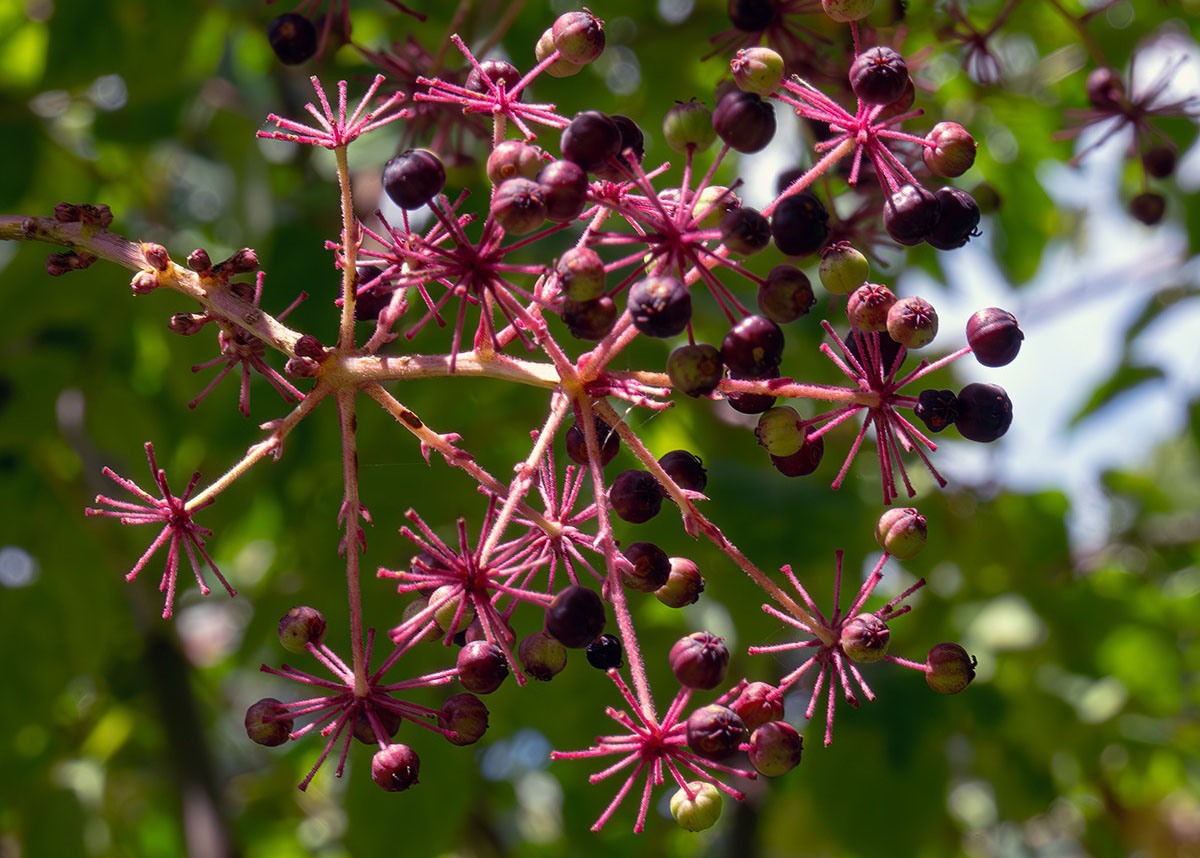
The Pennyrile
This is the second largest collection at The Arboretum, forming the bulk of our eastern border. A distinctive feature is the large tallgrass prairie ecosystems, which provide food and shelter for birds and insects. The prairies are fascinating to watch throughout the year, as their cycle of flowering continues and gives rise to wonderful fall color. Much like what occurs naturally, our staff burn the prairies annually, typically the only maintenance the prairies receive. Oaks form the majority of Kentucky’s forests, and in the Pennyrile, the blackjack oak, post oak and white oak dominate. Sugar maple, hickory and elm are also abundant here. Less common woody plants here include sugarberry, scentless mock orange, sourwood, persimmon and Carolina buckthorn.
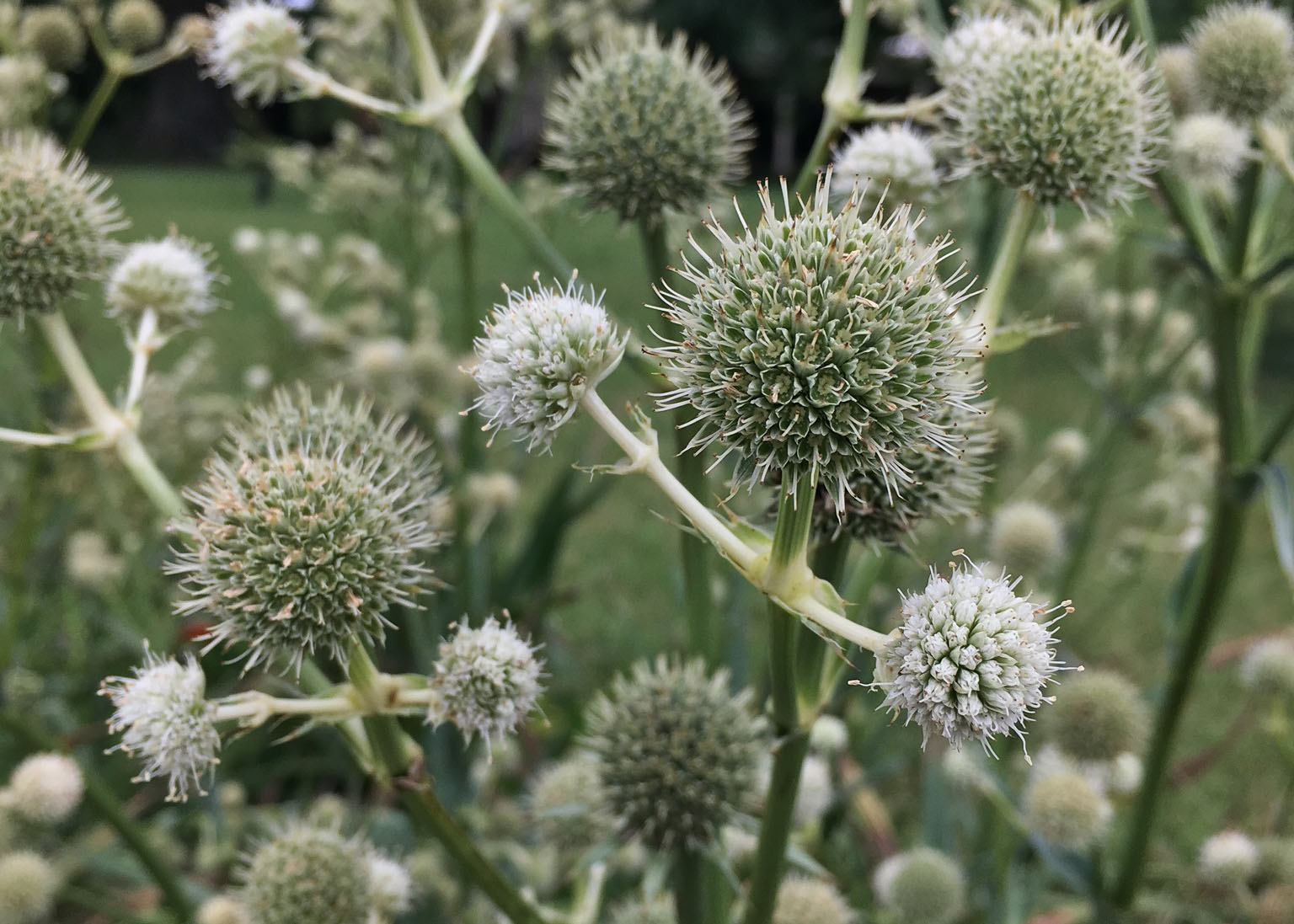
The Shawnee Hills
This region borders the Pennyrile and Mississippi Embayment, as it does naturally. Features include sandstone boulders and a four-acre wildflower meadow, including trilliums, trout lilies, shooting star, ginger, bellwort, Jacobs ladder and bluebells. The Floodplain Forest has a boardwalk through a seasonally flooded grove of willow oaks. The understory is planted with ferns and wildflowers such as milkweed, bluestar, iris and lobelia. The trees encompass both upland sites (where cherrybark oak, shagbark hickory, bur oak, American elm, butternut and hawthorn dominate) and lowland sites (bald cypress, poplar, black willow, sweetgum, willow oak, pin oak and green ash). Shrubs include American snowbell, farkleberry, bladdernut, strawberry bush and false indigo.
The Arboretum Woods
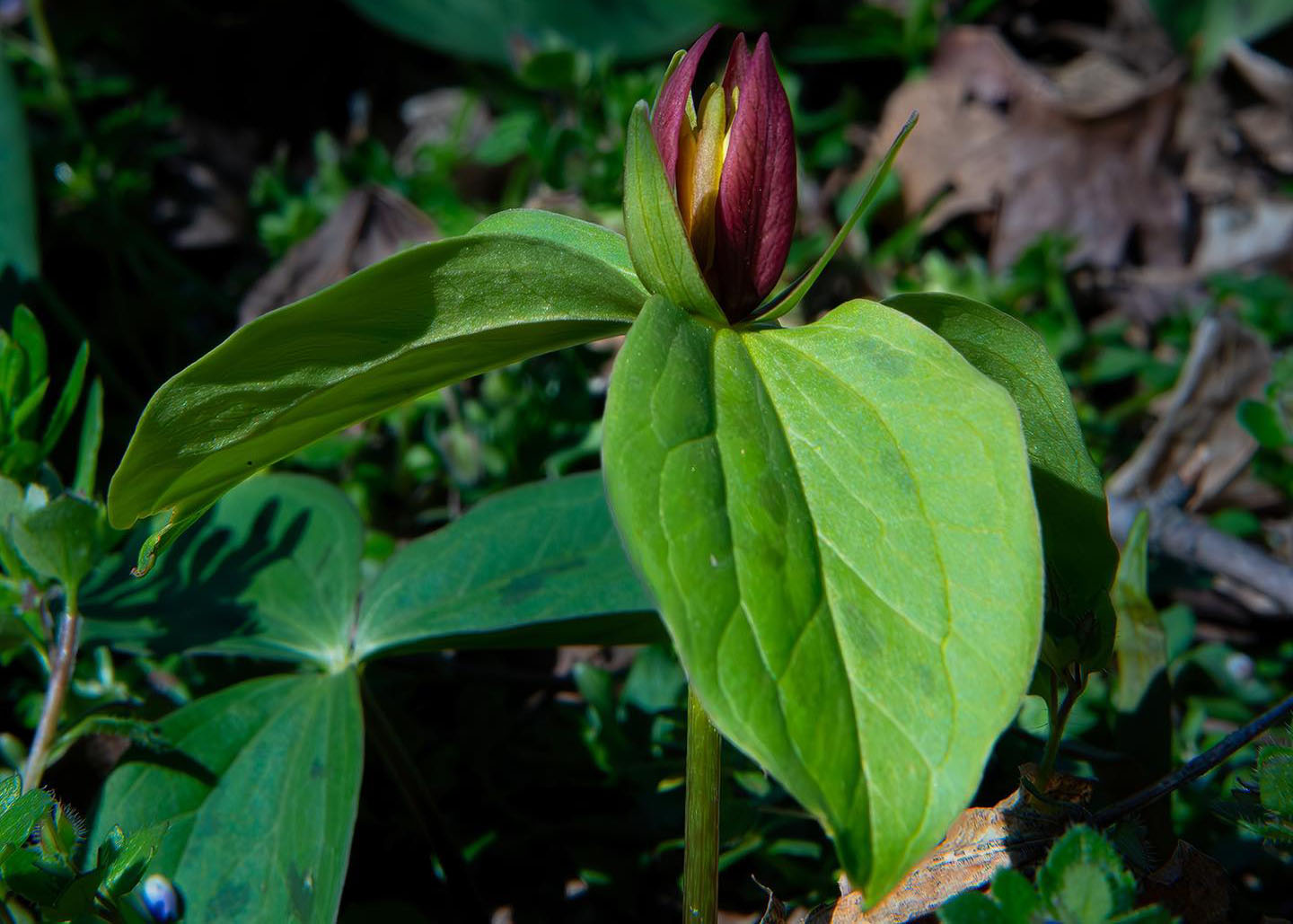 The Arboretum Woods is a 15-acre forest often cited as one of the last remaining examples of Inner Bluegrass woodlands. It includes over 60 species of trees, shrubs, grasses and wildflowers, including some ancient trees aged between 200 and 400 years.
The Arboretum Woods is a 15-acre forest often cited as one of the last remaining examples of Inner Bluegrass woodlands. It includes over 60 species of trees, shrubs, grasses and wildflowers, including some ancient trees aged between 200 and 400 years.
The Woods is highly diverse for such a small and fragmented urban forest, but is an ecosystem threatened by the encroachment of invasive exotic species that escape from horticultural plantings. Bush/Amur honeysuckle, Japanese honeysuckle, wintercreeper, burning bush, privet, callery pear and Asian bittersweet are particularly troublesome exotic species that threaten forest health, and efforts are ongoing to remove these invaders.
A half-mile trail provides access through the Woods, and we ask that visitors remain on the trail to preserve the forest understory.
The WAKY Blog
The Walk Across Kentucky (WAKY) Blog chronicles the development of the Walk Across Kentucky Native Plant Collection.
Walk Across KY Tree Tour
Join Emily Ellingson on a virtual tree tour of the seven physiographic regions of Kentucky.
